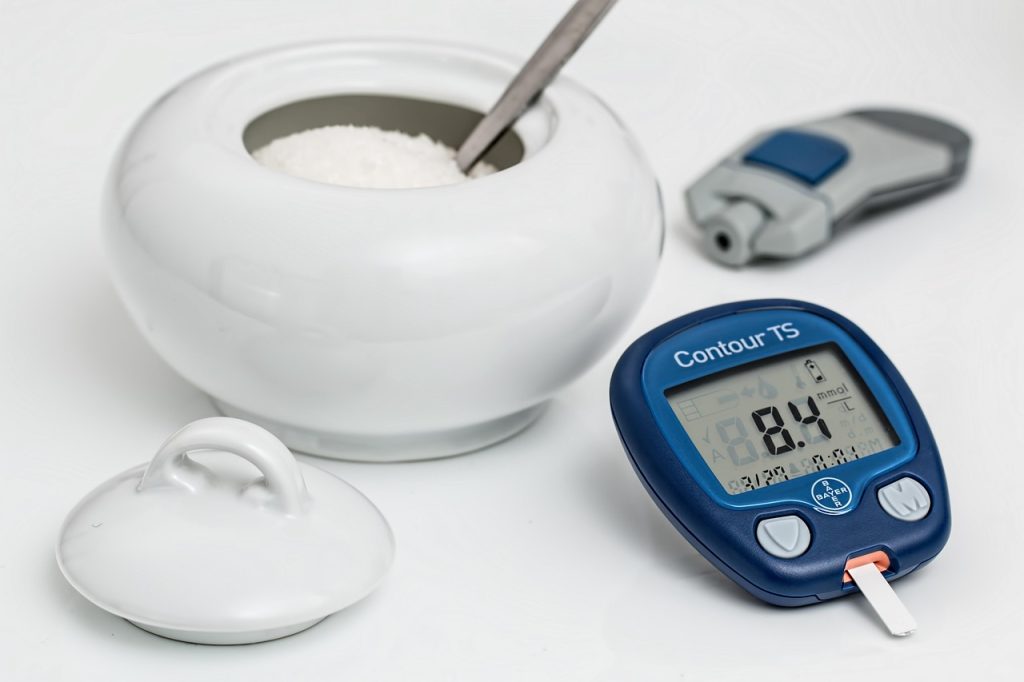Diabetes is becoming increasingly common, with 784 million people worldwide, aged 20 to 79, expected to be dealing with the condition by 2045 according to IDTechEx‘s research. Effective management is therefore increasingly necessary, with IDTechEx’s report, “Diabetes Management Technologies 2025-2035: Markets, Players, and Forecasts“, presenting the latest developments within the sector.
The rise of CGMs and the current landscape
Managing diabetes involves the need to continuously monitor blood sugar levels throughout the day, which is where advancing technologies can bring a streamlined ease to this process.
Continuous glucose monitors (CGM) are rapidly evolving wearable technology devices and include skin patches with microneedle sensors that take glucose concentration readings from the interstitial fluid below the skin 24 hours a day. Connected to a smartphone app, these skin patches communicate their information straight into the hands of their users, who can then administer the correct dosage of insulin with a pen. Not only does this method bring in-the-moment convenience through something as simple as an app, but it can act as a means of storing data over time, with context, to provide a wider insight into accumulated blood sugar levels and trends specific to each individual. Fluctuations or abnormalities may then be easier to accurately detect in real time. This can allow users to feel more in control of their condition and also allows healthcare professionals to remotely monitor their patients.
By providing real time monitoring throughout the day, even when the patient is asleep, and sending alerts when glucose levels go outside the normal range, CGMs can potentially prevent hospitalizations and long-term complications of diabetes by improving glucose control. IDTechEx’s report, “Digital Health and Artificial Intelligence 2024-2034: Trends, Opportunities, and Outlook“, covers the technology behind the apps that make this approach to diabetes management possible.
Insulin pumps can be described as a step up from pens, as they provide set doses of insulin when prompted by users, without the need for continual injections, and are worn similarly to skin patches. Through app connection and measurement calculations, there is less risk of human error. With doses happening little and often, pumps could be a faster, more efficient, and effective means of administration. Some CGMs connect with insulin pumps to offer an automated insulin delivery system. The integration of CGMs with insulin pumps, allows insulin delivery to be paused and/or adjusted in response to changes in glucose levels.
Test strips paired with a glucometer was long the incumbent technology for managing diabetes, now increasingly being replaced by CGMs. This method involves multiple finger pricks throughout the day to take blood sugar readings, though is arguably more continually invasive, and is now less popular amongst people with diabetes.
The future of diabetes management and non-invasiveness
Non-invasive methods of taking blood sugar readings have long been in development, with multiple startups beginning in the past 20 to 30 years. These approaches would involve taking readings from substances other than blood, such as breath, sweat, or tears, without requiring skin penetration or the use of needles.
Wearable devices are a means of taking these measurements. IDTechEx’s report covers other methods gaining attention in recent years, including near-infrared spectroscopy, though none are close to commercialization as of yet. However, the accumulation of data from CGMs could help to develop such technologies, where the accuracy of information and trends from many users could help provide clear and reliable insight.
The already commercialized hybrid closed loop insulin delivery system, called an ‘artificial pancreas’, continually monitors a patient’s blood glucose, and then automatically adjusts the amount of insulin given to them through an insulin pump. They are called ‘hybrid’ systems as unlike fully closed loop systems, the patient must still manually program insulin boluses with meals. The past 5 to 10 years have seen a flurry of published research about closed loop systems.
Closed loop, automated insulin delivery systems could also be an even more effortless and effective way to help the body manage the condition in the coming years, as found by IDTechEx’s research. This would see an automatic insulin pump connected to a CGM, to give the user the correct insulin dose without the need for any manual interference. However, risks associated with this method may act as a huge barrier to adoption, as it is still not reliable enough for commercialization and could potentially be dangerous if not carried out correctly.
Source: idtechex.com

